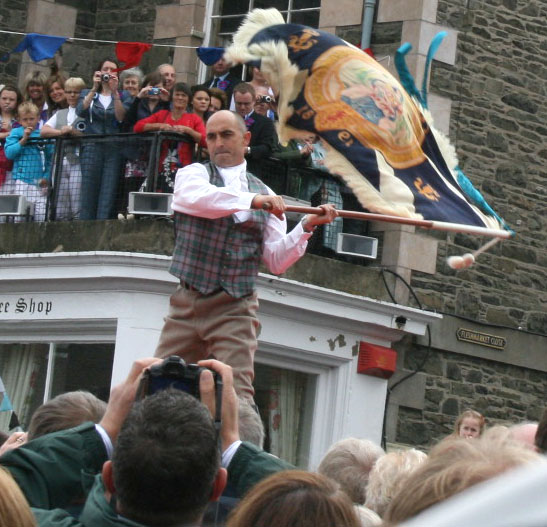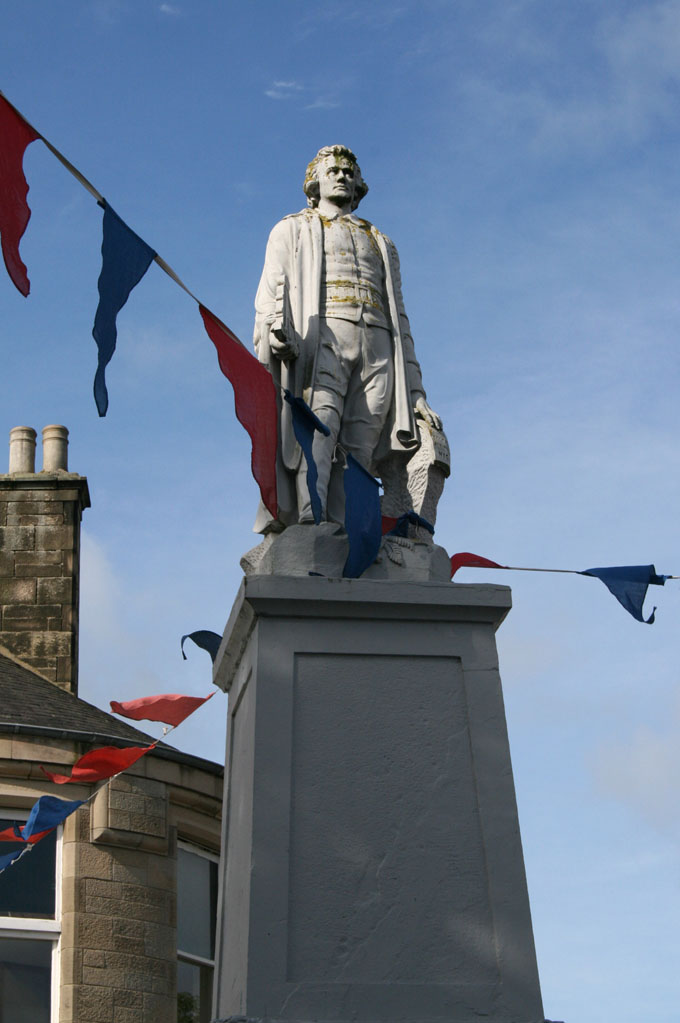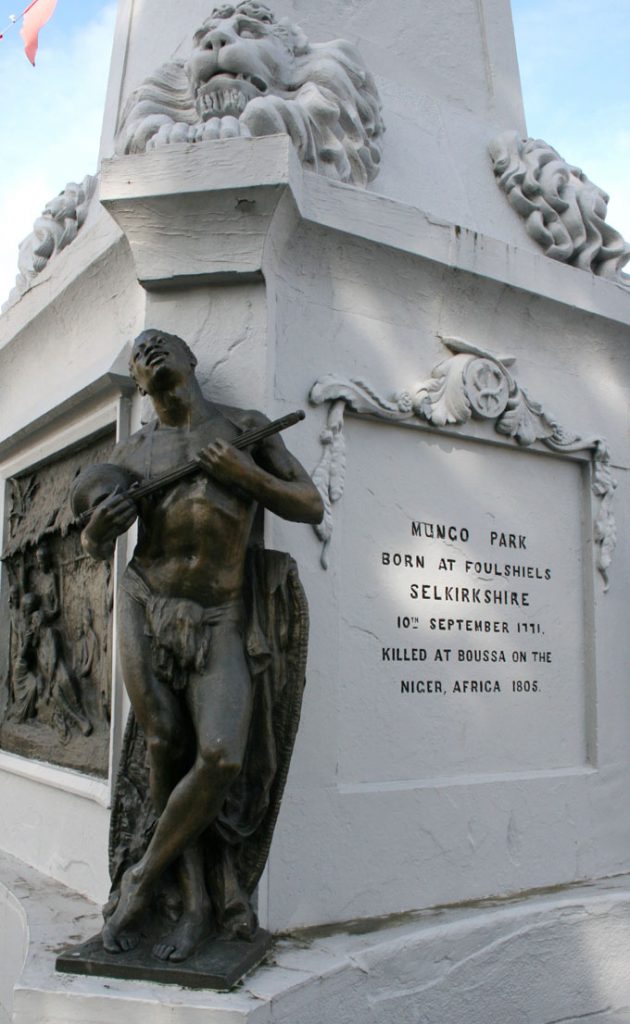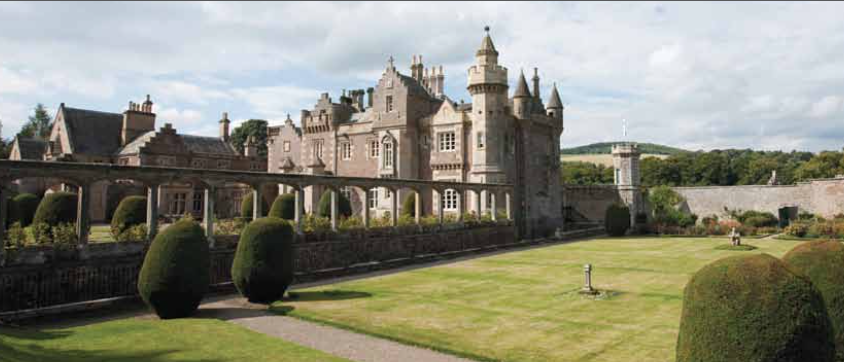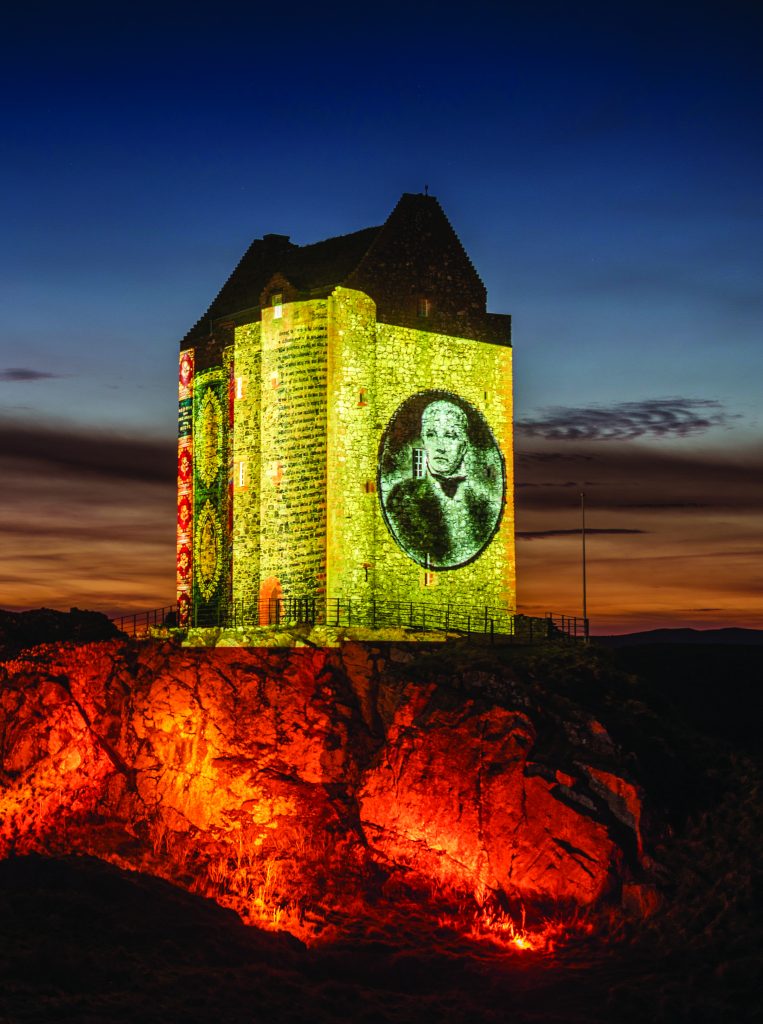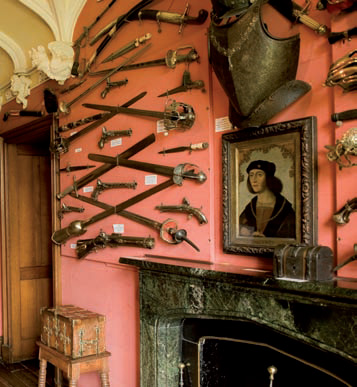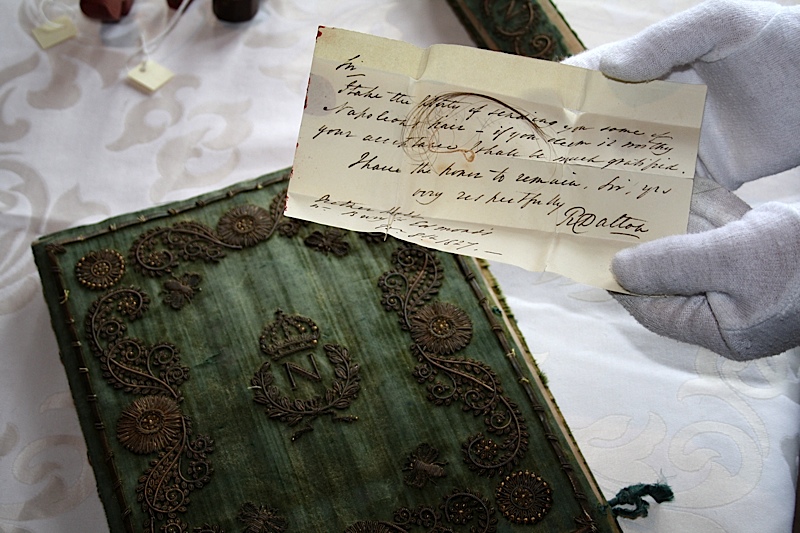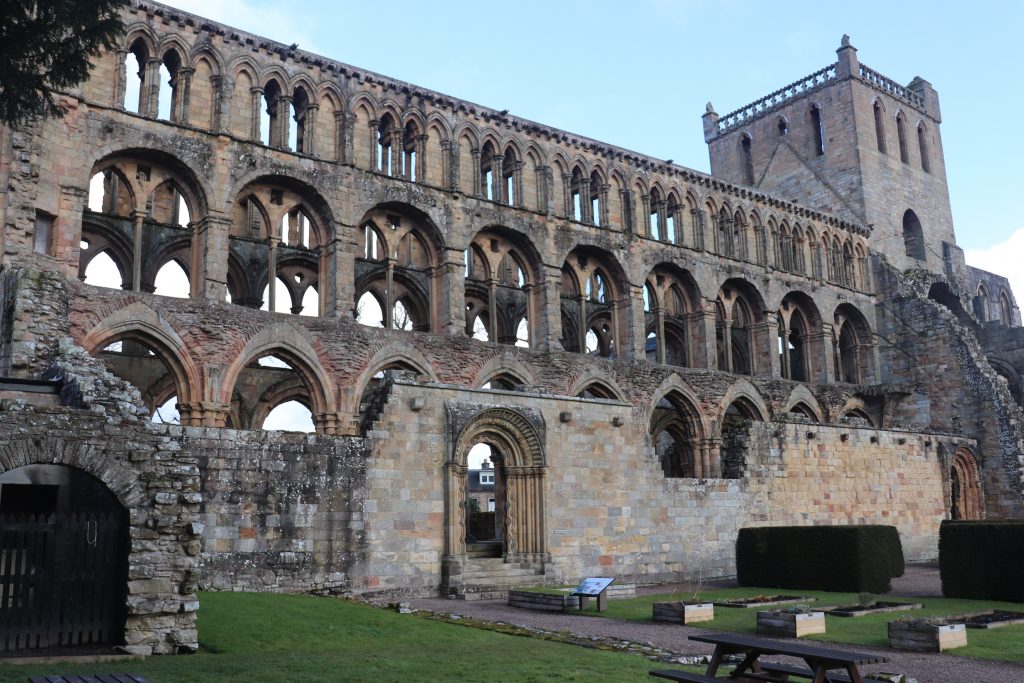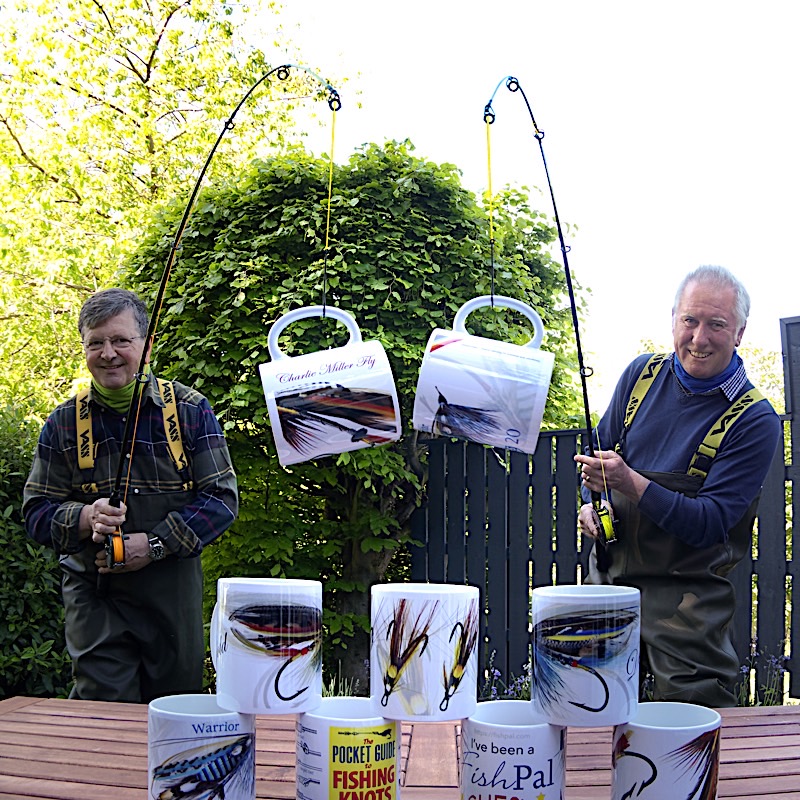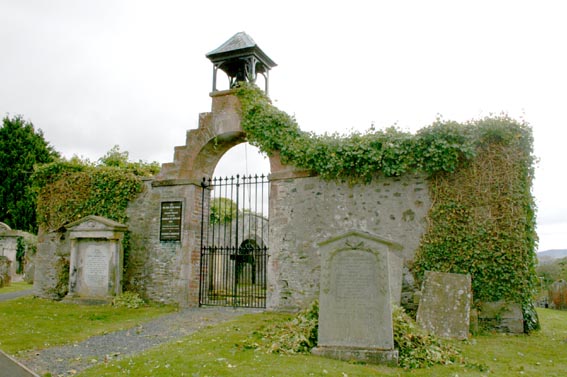
A geophysics study of Selkirk’s Auld Kirk in the Scottish Borders has uncovered what appears to be the underground remains of a medieval church where William Wallace was likely to have been made Guardian of Scotland in 1297.
Dr Chris Bowles, Scottish Borders Council’s archaeologist, commissioned the survey by the University of Durham in conjunction with the Selkirk Conservation Area Regeneration Scheme (CARS).
Chris said: “Ruins of the Auld Kirk date from the 18th century, but we knew this had replaced earlier churches on site from the 12th and 16th centuries.
It has been widely acknowledged that this was the site of the Kirk of the Forest where Wallace was made Guardian of Scotland following his and Andrew Moray’s defeat of the English army at the Battle of Stirling Bridge in 1297.
“We had been expecting the geophysics survey to uncover a 16th century church that we know to have existed and which was a replacement to the medieval church, but the only evidence in the survey is in relation to the medieval church.”
The association between Wallace and the local area is quite well documented, with Wallace using guerilla tactics to fight the English from the Ettrick Forest, and the Scottish nobles made Wallace Guardian of Scotland in recognition of his military successes.
Wallace went on to become the legendary figure he remains today and the basis of the film Braveheart starring Mel Gibson.
Chris added: “The history of Selkirk is known to an extent, but there has been little archaeological work carried out to date. While these geophysics results suggest a medieval, possibly Norman, chapel beneath the later church, we are very restricted by the burials in the area to allow any excavation. It may be possible to conduct limited investigations in areas where there is no evidence of burial.”
Colin Gilmour, Selkirk CARS project manager, said: “There is nothing in the town currently signposting people to the Auld Kirk site, but with this latest discovery it could become a major attraction and assist with the regeneration of the town centre. We hope to work with the community to make the most of this fascinating discovery and the tourism potential it has.”
